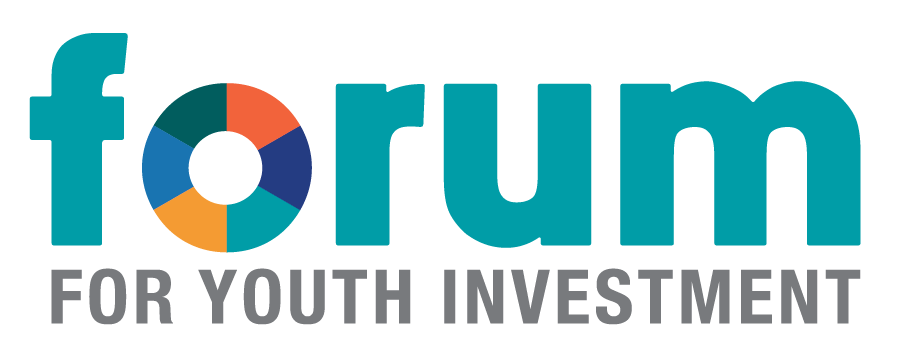The Power of One
February 10, 2012
| We’ve all experienced compassion fatigue: that feeling of growing numb when we’re bombarded with images and statistics about people in need. Research tells us that this is a common human phenomenon. Show people a photo of one girl who needs their help, and they respond with generosity and compassion. Show them the photo of one boy, they respond with equal intensity. Show them both photos and their emotional response drops significantly. Tell them about the plight of thousands of children, and that response plummets even more.
That’s why efforts to loosen purse strings by tugging heart strings often focus on one child, one family. That’s why so many fundraising requests feature full-page photos of wide-eyed children. On National Public Radio this past weekend, journalist Nicholas Kristof talked about how he uses these insights to find the right hook for his stories. Asked if he’s manipulating his readers, he frankly replied, “Yes.” Kristof has come to see his job as not just to report breaking news, but to get readers to care about pervasive social issues that don’t get widely covered. That requires tapping emotions. We all need to keep this in mind as we communicate the need for widespread change on behalf of children and youth. For example: The Forum for Youth Investment asks leaders to improve the odds for all young people through systemic changes, as opposed to celebrating the few who beat the odds (often thanks to random acts of kindness). We appeal to the head, not the heart. Can we achieve change at the level and scale needed without some effort to spark compassion? Probably not. So what’s our one? We have to believe that the emotional power unleashed by the story of one child or one family can be unleashed as well by the story of one school system, one neighborhood, one coalition, one community – if that story is told correctly; if the neighborhood or coalition is brought to life so that we care about its well-being as an organism. We have to believe that emotional power is augmented, not diminished, when that story conveys not only passion but precision about solutions. That is, when the power of the why is coupled with the power of what we can do about it. We also have to find ways to tell stories that start with the individual young person but quickly unfold to reveal our complex agenda for change. The best way to do this is to engage young people as the storytellers. Have them tell us what it means to be ready, why they believe they will be or won’t be. Give them the chance to be explicit about the supports and barriers in their lives, what they’ve done to change them, what they think it will take to ensure that supports are available for all young people. That’s one of many reasons that the Forum asked Antonio Sanchez, a University of California-Davis student, to serve on our Ready by 21 Leadership Council. The members of the council speak to groups around the country about how Ready by 21 strategies have helped their communities, organizations and government agencies. Antonio talks about how those strategies helped him. “I had nothing going on,” he says of his teenage years. Then he stumbled on a path toward success. He became a youth leader who found how to use his voice to help others in his school. He grew into a leader who started and chaired his community’s Ready by 21 coalition A recent gathering of the Leadership Council, everyone leaned in as Antonio explained the Ready by 21 approach through the experience of his own journey. Young people like Antonio can demonstrate the transformative power of one: One school, one community, one young person. |
